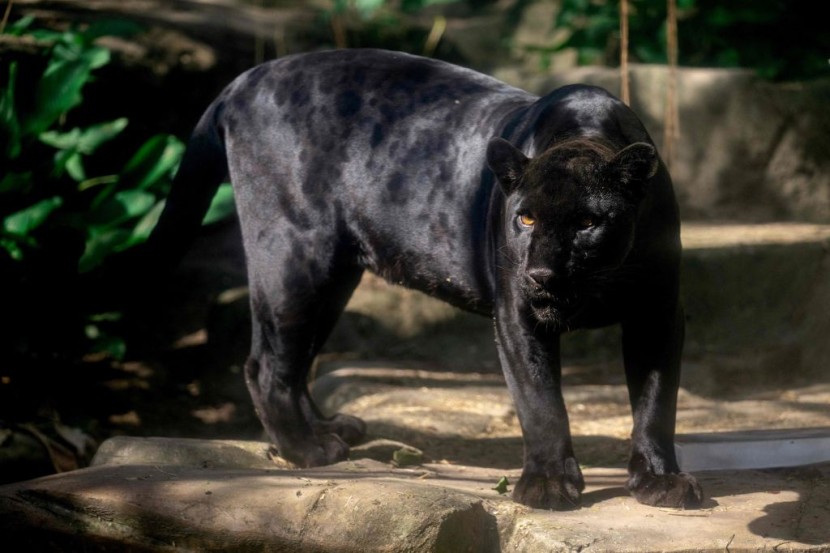An endangered Florida panther was struck and killed by a car, officials said. It was the eighth panther to be killed by an automobile in the state this year - and the 62nd such incident since 2021, according to figures recorded by state wildlife officials.
The 2-year-old male panther's remains were recovered Monday along Interstate 75 in Collier County, at the western end of Alligator Alley, officials said.
All eight reported panther deaths this year were caused by automobile crashes, according to the Florida Fish and Wildlife Conservation Commission.
According to records given by the commission, seven of the eight panthers that were fatally injured this year perished in Collier County. Three of the panthers were one year old or younger.

Last year, 27 panthers were injured and killed by automobiles in Florida - the same amount as were killed in 2021.
Florida panthers previously spanned the entire Southeast, but their habitat now is primarily restricted to a tiny portion of Florida along the Gulf of Mexico.
Hunting destroyed the population, and it was one of the first species placed to the U.S. endangered species list in 1973, according to the National Wildlife Federation. It is the only subspecies of mountain lion that may still be found in the eastern U.S.
Up to 230 Florida panthers exist in the wild. The NWF warns the tiny panther population is vulnerable to limited genetic diversity, mercury contamination and illnesses such as feline leukemia. Furthermore, building promotes habitat loss, and roads represent a hazard to panthers attempting to cross.
An Ominous Threat of Extinction
In a somber turn of events, the Florida panther, a once-iconic species, faces the ominous threat of extinction. Prowling the dense subtropical forests and swamps of the Sunshine State, these elusive big cats have been dealt a severe blow by the relentless forces of habitat destruction and human development.
As urbanization encroaches upon their dwindling territories, the panther population has dwindled to precarious levels, prompting environmentalists and wildlife officials to sound the alarm.
The dire situation is exacerbated by the genetic bottleneck within the remaining panther population, resulting in health issues and reduced reproductive success.
Conservationists are now grappling with the urgent task of mitigating the impact of inbreeding and expanding the panther's habitat to ensure their survival.
With only a handful of these majestic creatures left in the wild, a comprehensive and immediate conservation strategy is the last line of defense against the looming specter of extinction.
In the face of this ecological crisis, concerted efforts are underway to establish protected corridors and secure habitats where these panthers can thrive.
The fate of the Florida panther rests in the hands of a collective commitment to conservation, as scientists, policymakers, and the public unite in a race against time to preserve the natural heritage of the region and prevent the disappearance of this iconic species from the tapestry of Florida's rich biodiversity.
Related article: China's Top Pharmaceutical Firms Use Endangered Animal Parts, Report Claims
© 2025 HNGN, All rights reserved. Do not reproduce without permission.








